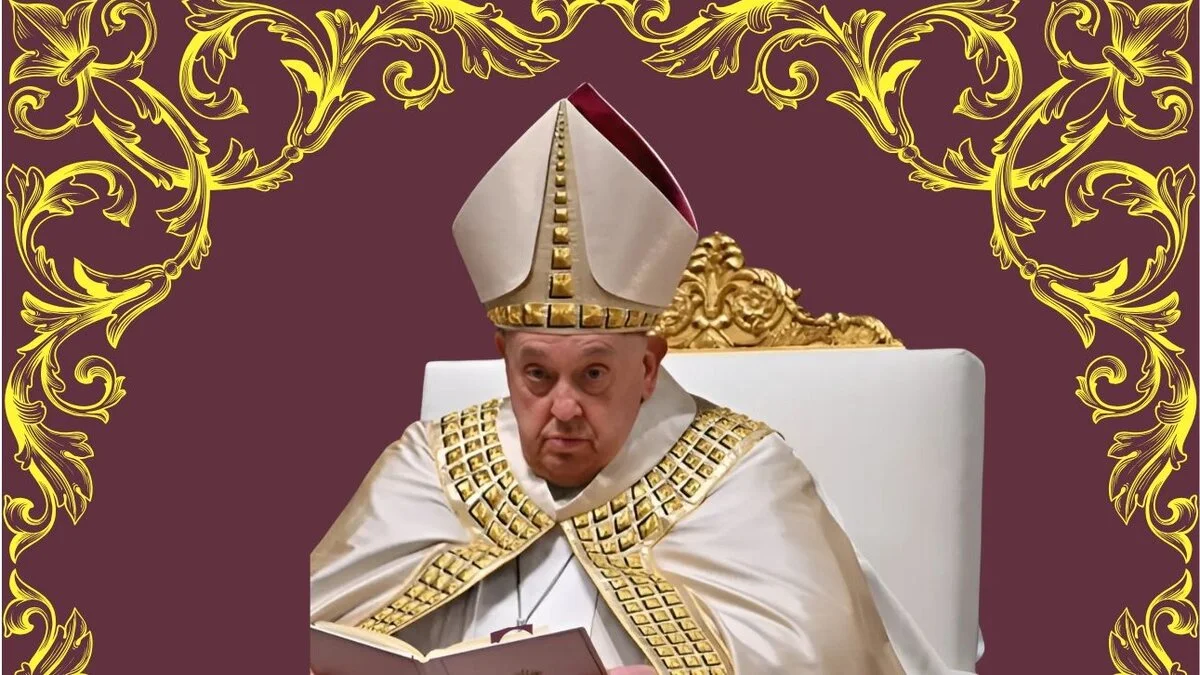Pope Francis, the 266th Supreme Pontiff of the Roman Catholic Church, passed away on April 21, 2025, at 88. The Vatican confirmed his death was due to complications from a recent illness. His death marked the end of a 12-year papacy that reshaped the Church’s role in global affairs. Within hours, governments worldwide began announcing tributes—none more significant than the state’s official three-day mourning period, a rare honour typically reserved for heads of state.
The state government declared April 22 and 23 as days of mourning, with a third day to coincide with the Pope’s funeral at the Vatican. Flags flew at half-mast, and public entertainment events were cancelled. But why three days? And what does this gesture reveal about Pope Francis’ impact beyond religion?
The Structure of the Three-Day Mourning
Days 1 & 2: A Nation in Reflection
The first two days of mourning follow a long tradition of public grief. Government buildings, schools, and embassies lowered flags to half-mast, symbolizing collective loss. Similar gestures were seen after Pope John Paul II’s (2005) and Nelson Mandela’s (2013) deaths.
Official entertainment events, including concerts and festivals, were postponed. This mirrors past state mourning protocols, but with a key difference: Pope Francis was not a political leader. His influence came from moral authority, not government power.
Day 3: Aligning with the Vatican’s Final Farewell
Per Vatican tradition, the third day of mourning will match the Pope’s funeral date, expected within seven days of his death. Unlike previous popes, Francis requested a simple burial—no ornate casket or grand procession. He will be laid to rest in Rome’s Basilica of Santa Maria Maggiore, a church he often visited privately to pray.
Public viewings in St. Peter’s Square will allow mourners to pay respects, while live broadcasts ensure global participation. The state’s decision to extend mourning until the funeral highlights how secular and religious institutions united in honouring him.
Why Three Days? History and Symbolism
Three-day mourning periods date back to ancient Rome and early Christian traditions. Jesus rose on the third day in the Bible, symbolizing hope after grief. Modern governments use this timeframe to balance solemnity and continuity.
Comparisons are striking:
- Queen Elizabeth II (2022): 10 days of UK national mourning.
- Pope John Paul II (2005): Italy declared one day, but Poland held nine.
- Pope Francis (2025): Three days, matching Argentina’s initial announcement.
The length reflects his unique spiritual leader role, influencing climate policy, refugee rights, and interfaith dialogue.
Pope Francis’ Legacy: What the Mourning Honors
1. Advocate for the Poor and Marginalized
Francis famously said, “Who am I to judge?”—a phrase that defined his inclusive approach. He washed the feet of prisoners, welcomed refugees into the Vatican, and criticized economic inequality. In 2020, he became the first pope to endorse same-sex civil unions, signalling a shift in the Church’s tone.
2. Reformer of Church Traditions
He decentralized Vatican power, allowing local bishops more authority. He also enforced stricter penalties for clergy sexual abuse, a crisis he called “a wound that won’t heal.” His funeral’s simplicity—no gold coffin, no embalming—mirrors his rejection of extravagance.
3. Bridge Between Faiths and Nations
Francis was the most travelled Pope in history, visiting 60 countries. He formed friendships with Muslim, Jewish, and Orthodox Christian leaders. In 2024, he met Indonesia’s Grand Imam to promote peace, calling interfaith unity “the only path forward.”
What Comes Next? A Church at a Crossroads
With Francis’ passing, the Catholic Church faces pivotal questions:
- Who will succeed him? Over 120 cardinals (60+ appointed by Francis) will vote in a secret conclave. Candidates include reformers like Cardinal Tagle and traditionalists like Cardinal Sarah.
- Will his reforms last? His focus on social justice and flexibility (e.g., allowing divorced Catholics to receive communion) sparked debate. The next Pope could deepen or reverse these changes.
Conclusion: A Farewell That Transcends Religion
The three-day mourning is more than protocol—it’s proof that Francis’s impact reached far beyond Catholicism. From climate activism to refugee advocacy, he made faith relevant in a divided world. As millions gather in Rome and worldwide, his message endures: “The Church must be a field hospital for the wounded, not a museum for saints.”
Final Note: The Vatican will release funeral details in the coming days. The state’s third mourning day will align with the ceremony, offering citizens a chance to reflect on Francis’ call for compassion in action.










